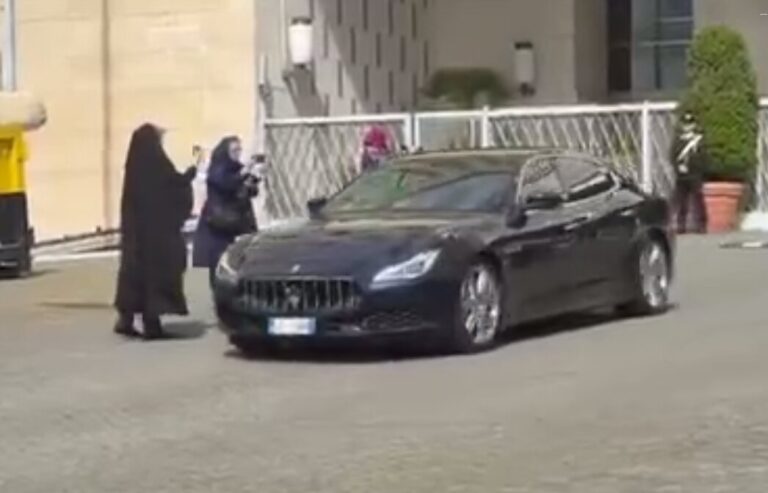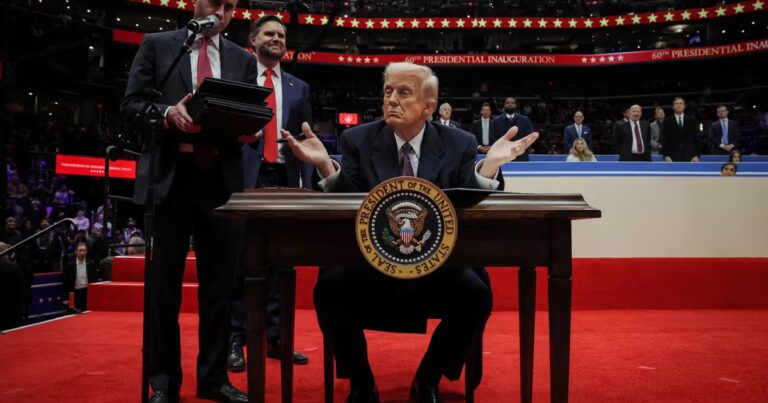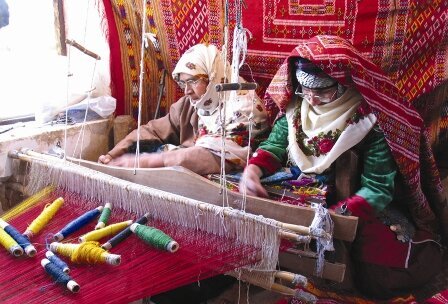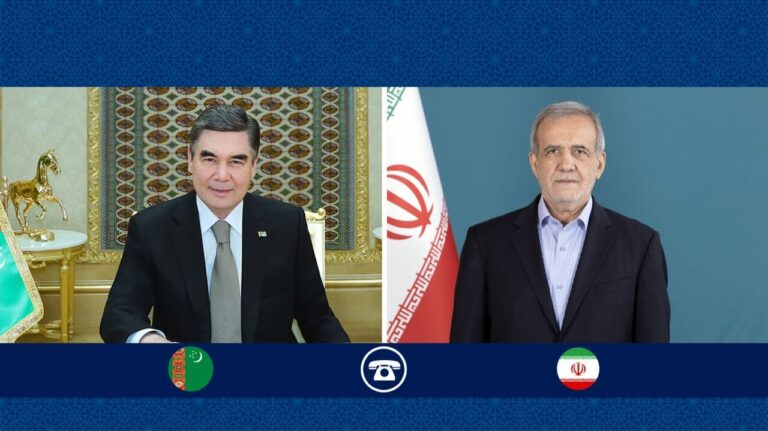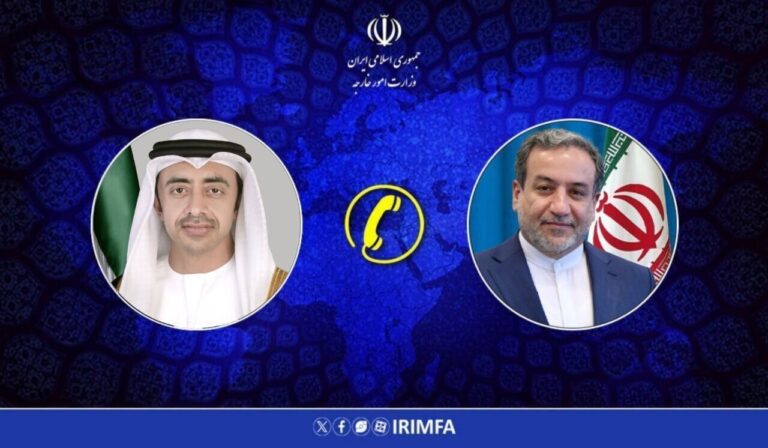Labor Day Protests Ignite in Iran: Union Reports Teachers Assaulted
Labor Day in Iran was marked by significant demonstrations from teachers, highlighting the ongoing struggles faced by workers in the country. The heightened security measures across several cities, coupled with allegations of violent suppression of protesters by security forces, have drawn attention to the challenging circumstances Iranian workers are navigating.
On Thursday, a collective of active and retired teachers assembled outside the Ministry of Education headquarters in Tehran to commemorate International Workers’ Day. This protest was orchestrated by the Coordinating Council of Iranian Teachers’ Trade Associations, which faced a severe security response from authorities.
According to a statement from the council, “Security forces violently dispersed demonstrators,” inhibiting photography and resulting in the arrest of an unspecified number of participants. “The security atmosphere was so heavy that even the right to take pictures was denied,” the group stated. “Teachers were beaten and forced to leave.”
Similar protests were reported in various cities under tight security, though authorities did not immediately respond to the allegations regarding arrests or the use of force. Meanwhile, Iranian government officials aimed to reassure workers who are grappling with escalating economic hardships in an effort to alleviate tensions.
Economic Challenges Faced by Workers
Government spokeswoman Fatemeh Mohajerani acknowledged the persistent economic difficulties, citing recent inflation estimates that have significantly impacted workers’ purchasing power. Alarmingly, two-thirds of the country now live below the poverty line. In response, she announced the government’s intention to maintain healthcare coverage for 75 days after insurance cancellation, a policy deemed crucial for many precarious workers.
Furthermore, Mohajerani addressed wage concerns, stating that although a 45% increase in minimum wages was approved by the Supreme Labor Council for the current Iranian year starting on March 21, “inflation has eroded much of that gain.” The current minimum salary for Iranian workers is approximately 100 million rials, which is roughly $125 at today’s exchange rate. Official data indicates that the inflation rate in Iran is around 45%, with prices for food and housing rising even more dramatically.
To alleviate the burden on lower-income households, Mohajerani mentioned the government’s ongoing efforts to implement “remedial policies”, such as food coupons and subsidies aimed at vulnerable groups, including mothers and pregnant women.
On the topic of pension reform, she confirmed that the second phase of salary adjustments for retirees would proceed as outlined in the national budget, stating, “The government is legally bound to fulfill its obligations, even if delays occur due to unforeseen conditions.”
Additionally, Mohajerani highlighted the government’s initiatives to enhance access to housing for workers. “Agreements have been made between the Ministry of Roads and Urban Development and industrial zones to help workers live closer to their workplaces,” she noted.
She also addressed the delays in passing legislation to organize public employment contracts, emphasizing the challenge of balancing workforce rights with the legal requirement to limit government size under Iran’s development plan. “The government’s approach is to support the private sector rather than expand itself,” she stated.
Workers’ Perspectives on Economic Conditions
Labor economist Alireza Heidari described taming inflation as the number one priority for workers, who have increasingly protested against worsening conditions in recent years. Common complaints include wage cuts, unpaid salaries, and deteriorating working conditions. “In recent years, workers’ livelihoods have become directly tied to inflation,” he explained to ILNA. “The vast majority of wage earners fall within the seven lowest-income deciles of society, and they have been hit hardest.”
Heidari cautioned that recent wage increases may be negated by future price hikes. “We ended last year (March 20) with the exchange rate for one dollar hovering at 1,000,000 rials. If this affects prices further, even a 45% wage increase won’t prevent a real income decline.”
He stressed the necessity of structural reforms to effectively curb inflation, stating, “Experience shows that inflation in Iran is largely driven by the government’s lack of financial discipline.” He acknowledged that while the new administration is making efforts, the challenges are deeply rooted.
Heidari warned against attributing economic mismanagement solely to external factors or international negotiations. “Some officials try to attribute all issues to foreign policy, but many of the problems are internal and systemic.” He concluded that without addressing inflation, any other policy amendments would be inconsequential. “We talk about insurance, safety, and union rights, but it all comes back to the issue of livelihoods,” he added.
The situation in Iran remains critical as workers continue to navigate economic challenges while advocating for their rights amidst increasing inflation and government responses. The actions taken during Labor Day highlight the urgent need for reforms and support for those struggling in the workforce.

